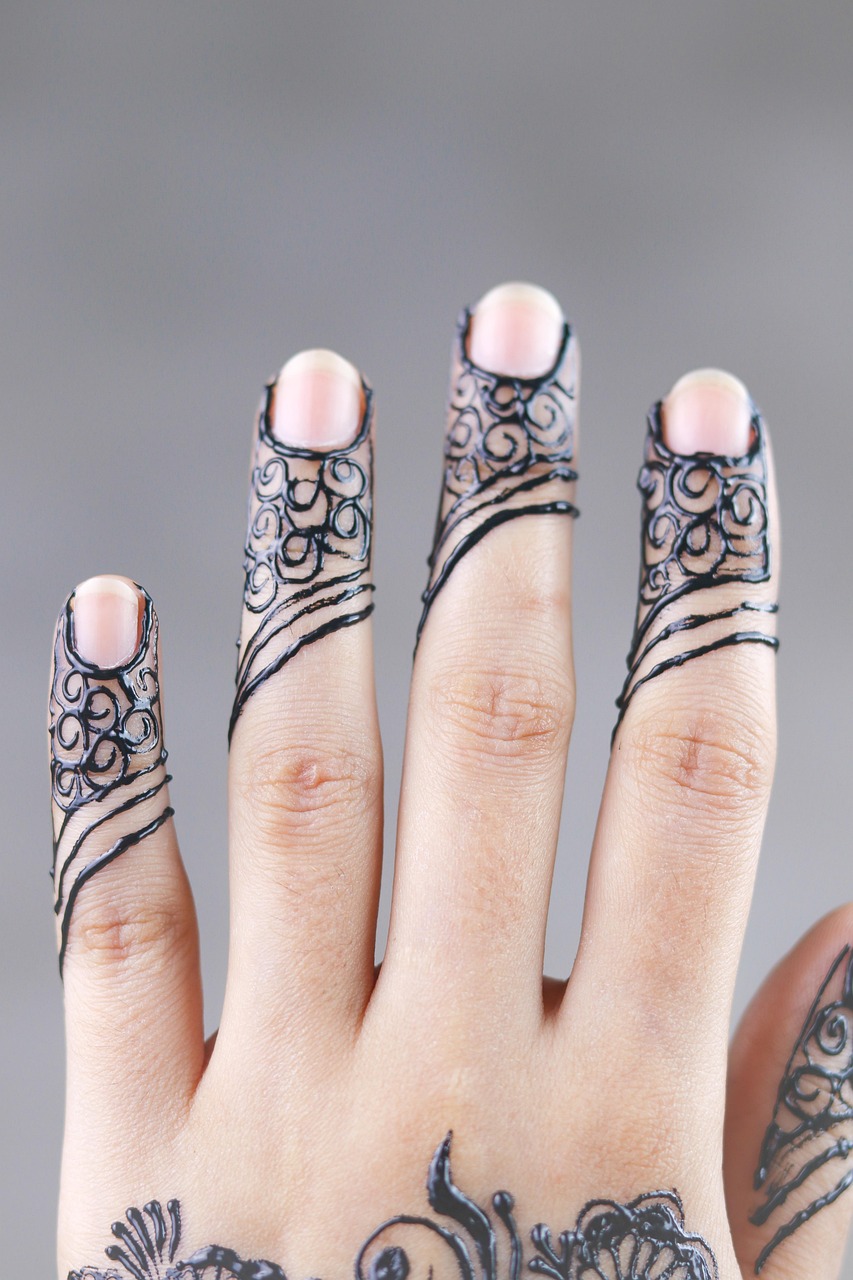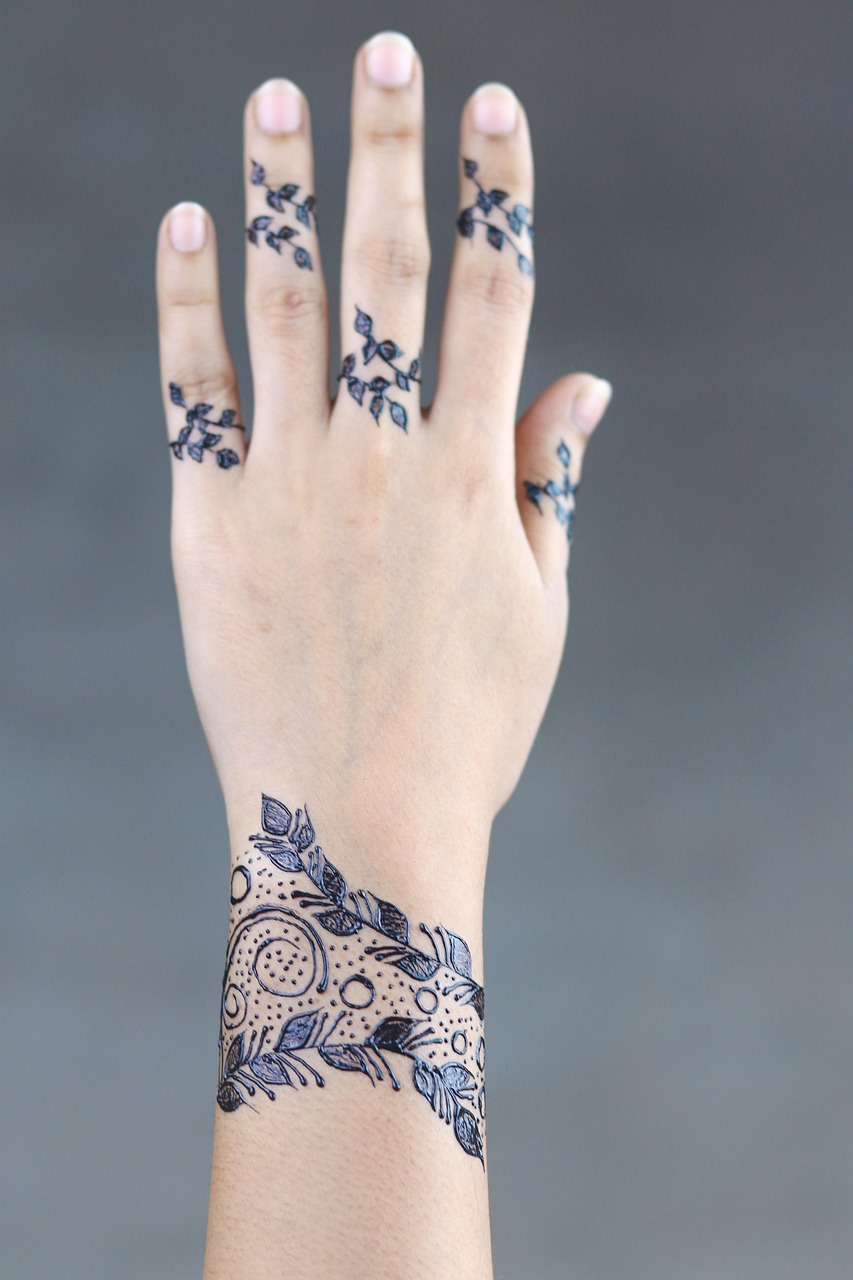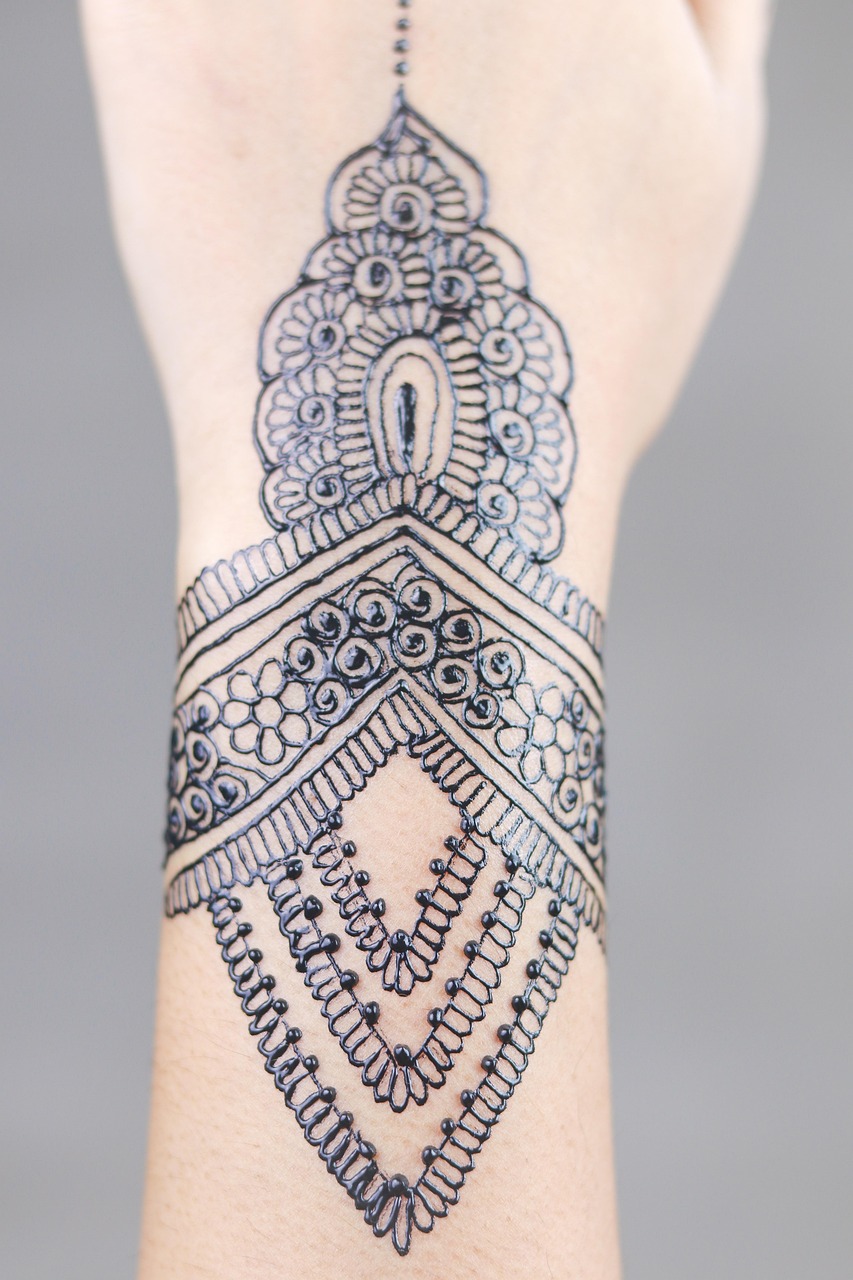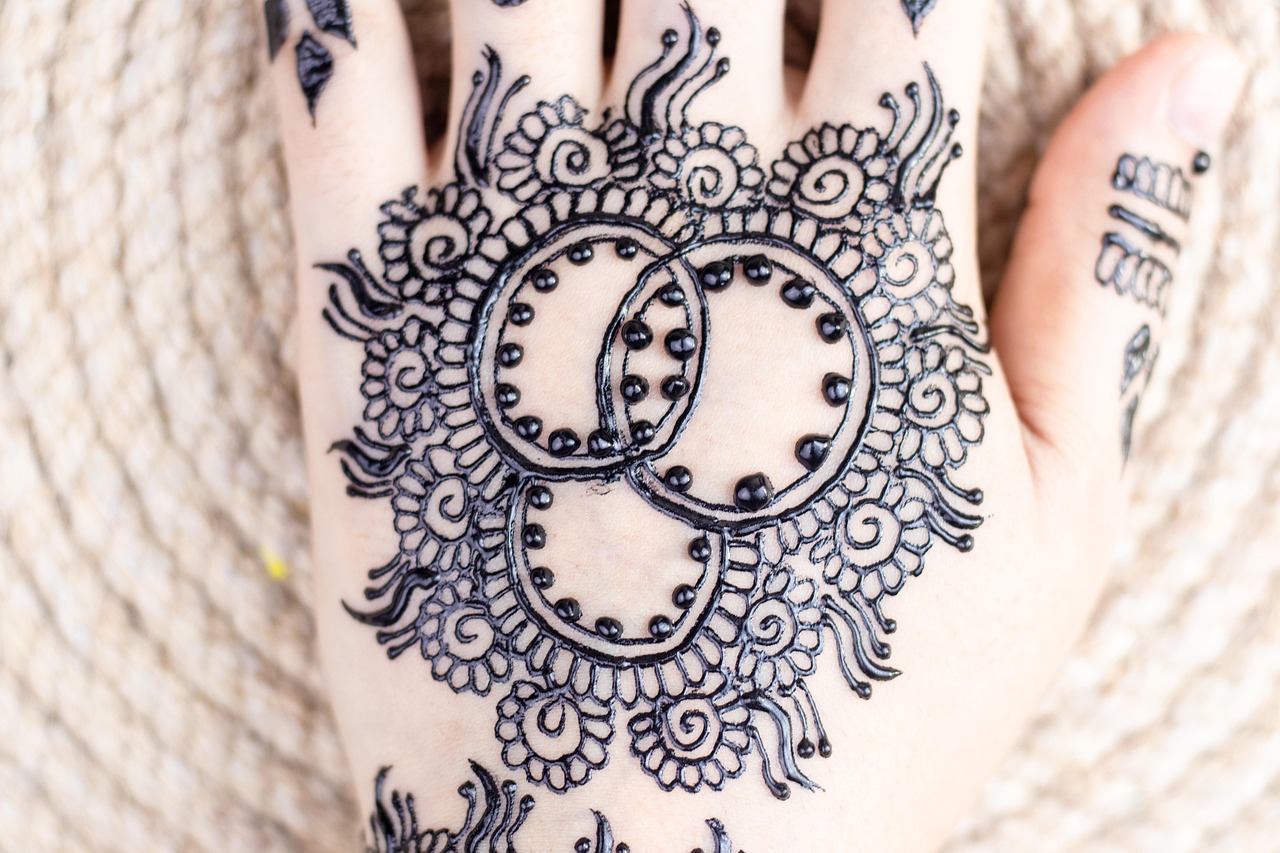Simple Mehndi Design for Beginners: A Step-by-Step Guide to Getting Started
Want to learn the art of mehndi but donât know where to start? Simple mehndi designs can be the perfect gateway for beginners
who wish to explore this beautiful tradition. Whether youâre preparing for a festive occasion or just trying your hand at
something creative, simple mehndi design for beginners is all about easy patterns, minimalistic styles, and guided precision.
In this guide, weâll walk you through how to master basic mehndi designs without feeling overwhelmed.
Why Choose Simple Mehndi Designs as a Beginner?
Starting simple is always the best way to avoid stress and build confidence, particularly for first-timers working with mehndi.
These designs usually include basic shapes, lines, and dots that can be combined to create stunning patterns. Plus, they donât
require professional-level expertiseâjust a little patience and creativity!
What Are the Easiest Mehndi Patterns for Beginners?
Beginners can start with basic floral motifs, simple vines, or geometric patterns. These designs are easy to learn and offer
versatility when creating both traditional and modern looks. Start with small areas like the back of your hand or fingers before
progressing to more intricate designs.
Interesting Fact: History of Mehndi
Did you know mehndi, also known as henna, dates back over 5,000 years? Traditionally used in ancient cultures for rituals
and celebrations, it remains an integral part of weddings and festive occasions in many countries today. Check out more insights
on ancient mehndi history.
Beginner Mistakes to Avoid with Simple Mehndi Designs
While mehndi is relatively easy to learn, beginners often make mistakes that can affect the quality of their designs. From choosing
the wrong cone to poor consistency in patterns, here are key things to avoid.
How Can You Avoid Common Mehndi Errors?
- Make sure your cone has a fine tip for precise designs.
- Practice on paper before moving to your hands.
- Use a steady hand to apply consistent pressure while drawing patterns.
- Experiment with simple patterns before tackling complex ones.
Case Study: Practice Makes Perfect
A beginner named Ayesha started practicing mehndi by replicating simple online tutorial patterns. She focused on repeating
designs like flowers and paisleys daily, which helped her refine her grip and improve symmetry. Today, she confidently creates
custom mehndi designs for family events and parties.
Pro Tips for Mastering Simple Mehndi Design Techniques
Once youâve got the basics down, applying some professional tips can take your designs to the next level. These tips focus on
proper application techniques, improving your speed, and ensuring your designs last longer.
How Long Does Mehndi Take to Apply and Dry?
The time needed to apply mehndi depends on the complexity of your design. Simple designs take roughly 10-20 minutes, while more
intricate patterns can take longer. For better color results, allow the mehndi to dry for at least 4-6 hours.
Expert Tip: Hydrate and Protect Your Mehndi
According to mehndi expert Tamanna Roohi, âAlways apply lemon and sugar water once your mehndi is dry for a darker stain. After
scraping it off, avoid washing with water for at least 24 hours to prolong the designâs color.â



